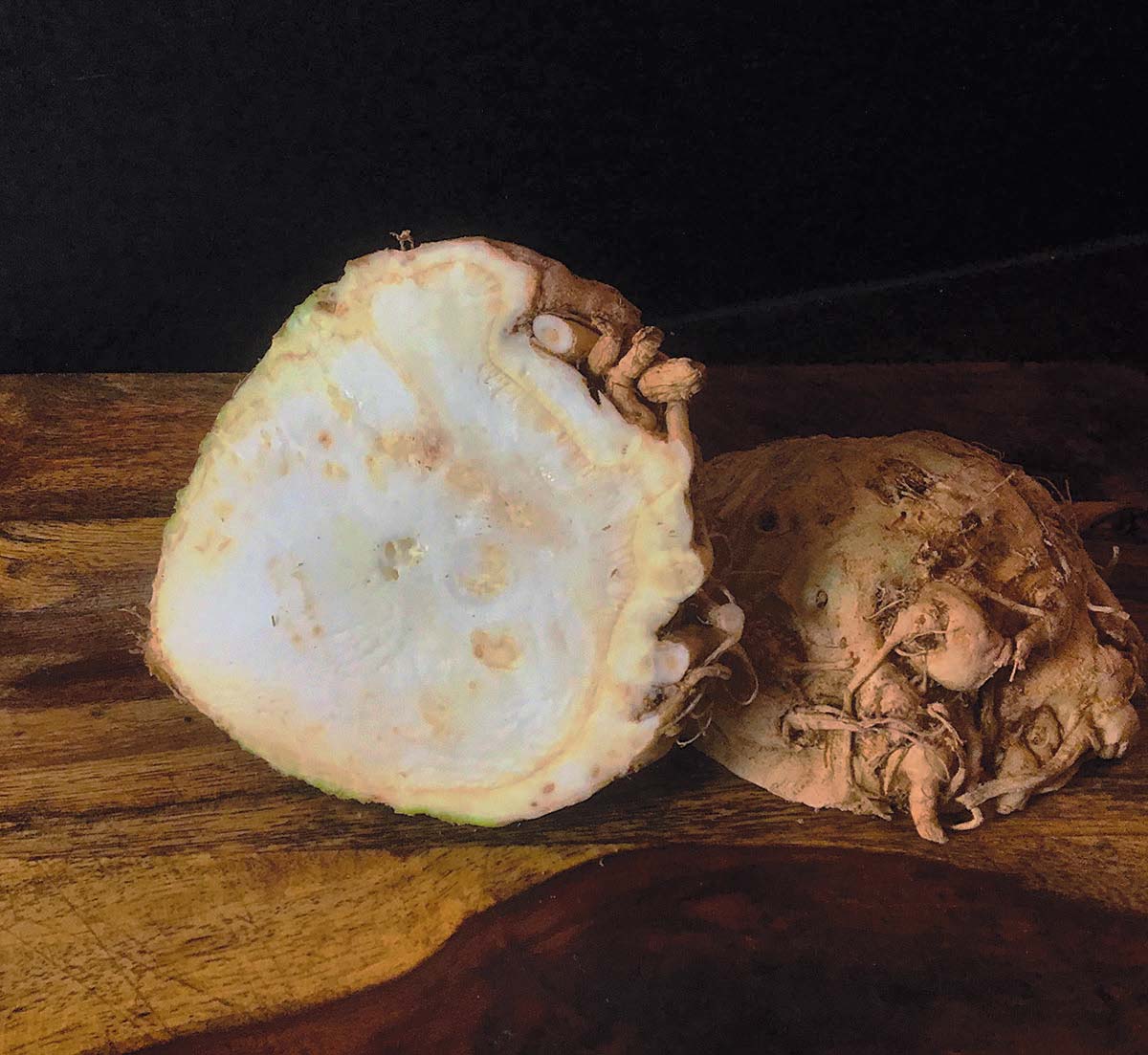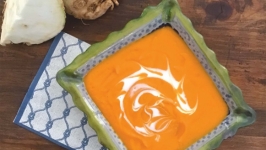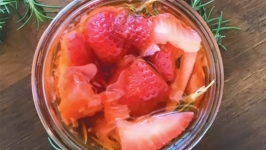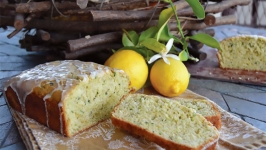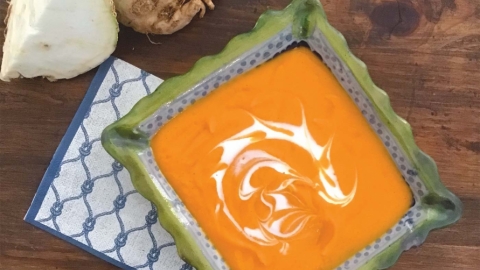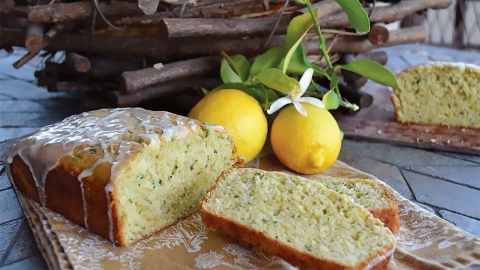Don’t waste food, especially if it’s ugly
According to the Department of Agriculture, billions of pounds of fruits and vegetables (about 30 percent of the food supply chain in the United States) go to waste every year. Although much of the waste has to do with logistical issues, there is a good amount of useable produce that goes unused because of cosmetic reasons. Yes, ugly produce, those fruits and vegetables that are too unattractive to sell, are often tossed. A carrot may have two or three roots, an apple a few too many bruises, or a zucchini a bit pitted on one end.
In our own home refrigerators there may be a few ugly pieces of produce that we are tempted to throw away. More likely, there are a few pieces of vegetables or fruit that have somehow gotten “lost” in the fridge. A bunch of celery that is limp, carrots that have been pushed to the back of the produce bin, or those zucchini you received from a friend that now have small pock marks of age throughout.
With the sustainable food movement in full force, using every piece of produce, perfect, slightly blemished or simply just past its prime, is whole-heartedly encouraged.
FRUITY IDEAS
Unlike many vegetables that seem to stay in the fridge for a few weeks if properly stored, fruit often does not enjoy an extended stay. We all have made a batch or two of banana bread from that bunch of bananas that seem to have aged overnight. Berries and stone fruits especially tend to have a short life span once they are picked.
The easy way to use them up is to pop them in a smoothie for an energy boost. Bruised and soft berries can also be used to make a favorite jam or preserve recipe. One of my favorite ways to use fruit that has passed its prime is to make flavored vinegars. Peaches, nectarines, blackberries, cherries and strawberries are perfect candidates for a batch of flavorful vinegars. Start by cutting out any severely blemished areas. Then place the fruit in a mixing bowl with a little sugar and grab your potato masher. Give them a brief once over. Don’t be too brutal. You want to extract juice and flavor but still keep some shape.
Place the fruit and liquid in a sterilized canning jar or two, and fill with white wine vinegar. For extra flavor, add a few sprigs of fresh rosemary. Rosemary is a sturdier herb than most and works well in flavoring homemade vinegars. After a day or two on the kitchen counter, the vinegar is ready to strain and find a new home in a clean sterilized jar or glass bottle.
SQUASH STRATEGIES
Summer squash, especially zucchini, is one of the most versatile ingredients you will find. These prolific summer vegetables are equally tasty served cold in a salad, room temperature as a partner to a favorite dip or hot tossed in a casserole with garden tomatoes and freshly harvested onions.
My favorite way to enjoy summer zucchini is in baked goods. Yes, there are a multitude of zucchini bread recipes. But my lemon zucchini bread is lighter than most other recipes and made with no butter. The fat content for the bread comes from either olive oil or avocado oil. The batch I just made up included a little of both!
A few perfectly imperfect zucchini work great for this recipe. Use a paring knife to remove any dreaded age spots and parts that are just too soft to use. Use a box grate to process the zucchini into thin strips. I prefer the box grater to a food processor because I want to have strands of zucchini that are a bit course. Use paper towels to squeeze out the excess liquid and you are ready to go. Make sure to measure the zucchini after it is strained. You need one cup of packed, strained zucchini for the recipe.
And don’t go short on the lemons. Zest two nice sized lemons so you get a good lemon ying to complement that zucchini yang.
ROOTING FOR ROOTS
Root vegetables would never win a produce beauty pageant. Often oddly shaped with additional roots and occasional blemishes, root vegetables don’t have a lot going for them in the looks department. On the plus side, root vegetables, like carrots, parsnips and turnips, tend to have a fairly long shelf life. But even these ever-ready bunnies of vegetables show their age at one point or another. When those root vegetables lose their crispness, they are still more than useable in a number of preparations.
Aged or blemished root vegetables are the perfect ingredient for a delicious, creamy summer soup. If the soup is going to be pureed anyway, there’s no reason a less-than-crisp or slightly malformed root vegetable can’t be used as an ingredient.
Just for fun, I like to add one of the ugliest vegetables around to my root vegetable bisque. Celery root, also called celeriac, is one ugly bugger. You can’t put lipstick on celeriac and make it anything other than what it is – a big bulbous vegetable full of crevasses and dangling stringy roots. One of the most under-appreciated vegetables, celeriac is a wonderful addition shaved in a raw salad or as an added ingredient to a summer soup. Its distinctive flavor – think celery meets parsley – is too good not to include in my carrot soup recipe.
Start with chopped carrots and peeled chopped celeriac. Place in a pot of simmering stock along with a healthy dose of fresh ginger. When soft, simply puree, flavor with some additional spices and thin with coconut milk. A colorful, delicious and vegan soup awaits. And for fun, take a photo or two of that craggily celeriac before it is peeled and chopped for the soup. Your friends and family won’t believe that strange-looking vegetable is part of such a delicious dish.


